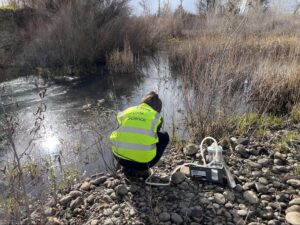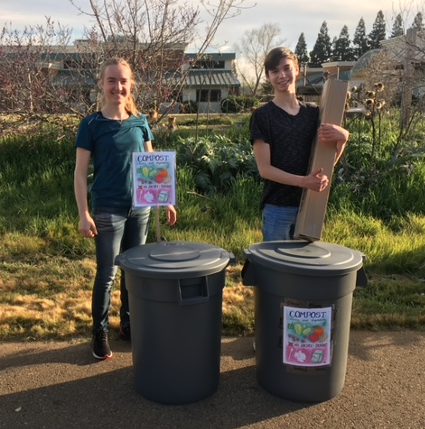2023, Calgary, Alberta, Canada

Jade’s project was on reducing erosion of riverbanks after seeing the consequences of flooding in the Bow River. They decided on willow staking along banks that have little to no vegetation. Willows can survive in wet environments and their root system can prevent erosion while filtering pollutants. Some of the other benefits to their project is improving biodiversity and providing habitat and food for wildlife.
The Sustainable Development Goals Jade focused on were #6 Clean Water and Sanitation, #13 Climate Action, #14 Life Below Water, and #15 Life on Land.
They partnered with Friends of Fish Creek to learn how to properly willow stake. There was a call for volunteers and funding from the community to be able to complete this project. Jade chose a location with little vegetation and where other projects had already been implemented to ensure better results. Her target was to plant 100 stakes along 50m of stream bank. With the help of the volunteers, she was able to complete their first planting.

















